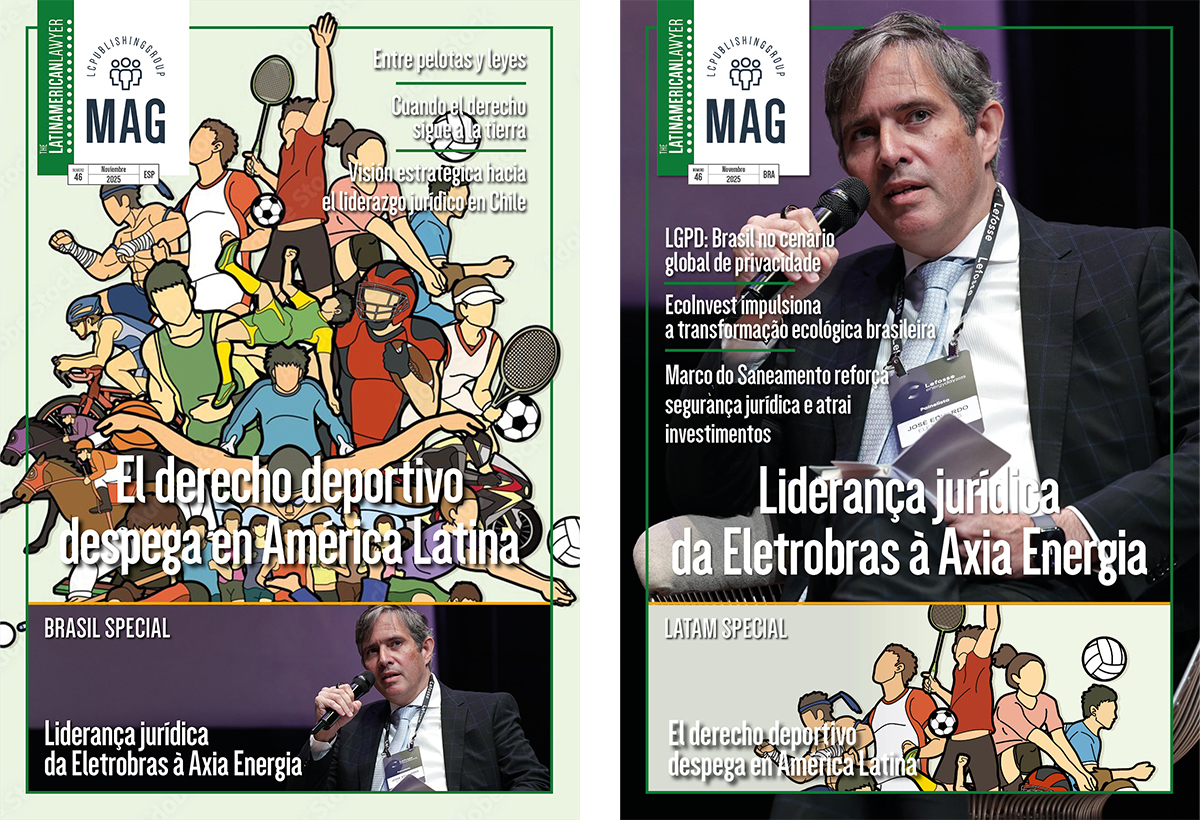BZCP focuses on heating up CVCs and celebrates portfolio
Changes in tax legislation, sanctioned at the end of 2023, have increased the interest of foreign investors, who no longer pay taxes on this type of fund. BZCP Advogados has already structured 9 CVCs in just 3 years of existence, totaling more than R$1.5 billion committed. For the second half of the year, it already has 2 more companies in the process of being structured, and the expectation is for even more growth by 2025.
In line with a global trend, Brazil is experiencing growth in Corporate Venture Capital (CVC) investments. According to data from CB Insights’ State of CVC 2023 Report, worldwide, CVC investments grew 142% compared to 2020, breaking the record of 169 billion dollars invested in total. In Brazil, the figures are no different. Investments are becoming more and more frequent and it is estimated that this line of investment has already invested more than 10 billion reais in Brazilian startups, half of the total in Latin America.
With an eye on the growth of this type of investment, Bronstein, Zilberberg, Chueiri & Potenza Advogados (BZCP), which specializes in Venture Capital and M&A operations and has already carried out more than 400 deals since it started its activities, is stepping up to meet the growing demand for structuring offshore and onshore funds. In just 3 years since it opened, it has completed 9 CVC structuring deals, 6 of which took place last year alone. The most recent in its portfolio was Natura Ventures, a fund belonging to the Natura company, with initial capital of R$50 million and significant growth projections. His portfolio also includes advisory services to CVC for the companies Vivo, Copel, Suzano, Eneva and Mercado Livre, among others.
André Neves (pictured), a partner at BZCP Advogados who heads the Capital Markets and Banking practice, explains that the changes in tax legislation, sanctioned at the end of 2023, were important in expanding the appetite for foreign investment in the creation of these funds. “Previously, when investing in a Fundo de Investimento em Participações (FIP) in Brazil, foreign investors couldn’t own more than 40% of the fund’s shares. So companies operating outside Brazil, for example, could not launch a tax-exempt FIP without other shareholders holding at least 60% of the FIP. Faced with the macroeconomic risk of the devaluation of the Real, experienced in the current situation, the change in the law extending the tax exemption, canceling the “40% test”, was received as an attraction and I believe it has helped to boost this type of investment in the country.”
“We have some examples of clients who operate abroad and who have limited the investment made by non-resident investors,” says André. “The impression is that if they had been structuring the CVC under the current law, these clients could have allocated larger amounts from abroad than they did in the past,” he continues.
Faced with this scenario of opportunities, the expert details some of the aspects necessary for the process of evaluating and structuring a CVC. “First of all, you need to understand the area of activity and the main objective of the company creating the CVC – whether the main idea is to foster innovation in areas similar or close to the company’s area of activity or to create a financial investment arm and a new line of income on the company’s balance sheet. Structuring flows better when there is clarity about this objective and the internal team is empowered to create this innovation arm. In any case, the modality is very flexible and, depending on the company’s level of maturity, we can create the fund in 30 days. If more in-depth discussions are needed, the total structuring time is between 5 and 6 months. The average ticket for the funds is around R$150 to 200 million”.
The lawyer also explains that the FIP has other regulatory challenges for its full use by the VC industry and as a vehicle for CVCs, but that its use is growing by foreigners. “Despite the difficulties of maintaining effective influence and other governance requirements in minority investments – which have been the subject of discussions by associations and by the regulator itself, the CVM – tax treatment has been an element in attracting foreign capital and strengthening the onshore fund industry.”















